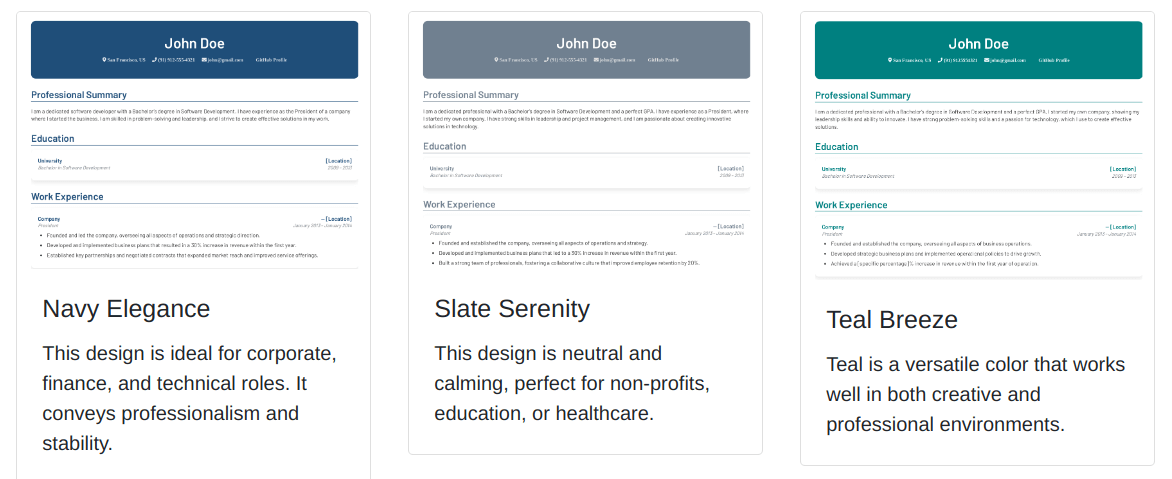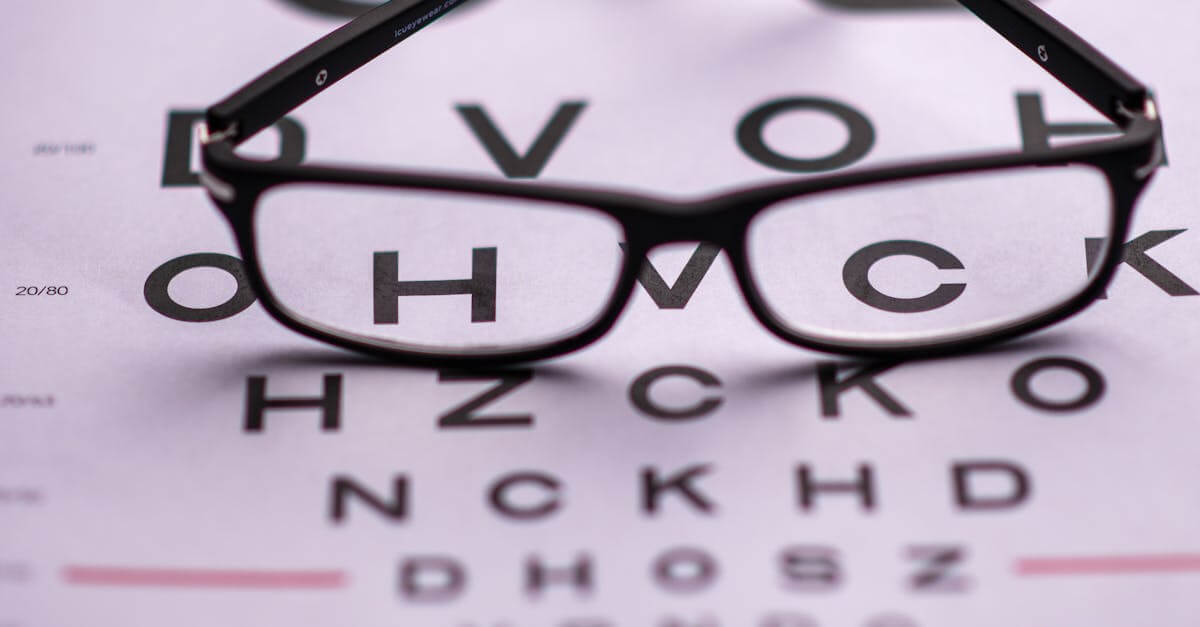Have you ever stared at a blank page, wondering how to encapsulate your professional journey in just a few paragraphs? The cover letter can feel like a challenging job, especially when you’re trying to strike the right balance between detail and brevity. In a world where hiring managers skim through hundreds of applications, how do you ensure your message stands out without overwhelming them?
As I’ve guided countless job seekers, I’ve discovered that the ideal cover letter length is more than just a number; it’s about crafting a compelling narrative that highlights your strengths while respecting the reader’s time.
In this guide, I’ll share insights on how long your cover letter should be and tips for making every word count. Let’s jump into the art of cover letter writing and unlock the secrets to capturing attention in a concise yet impactful way.

How long should a cover letter be?
A cover letter should efficiently convey relevant information without overwhelming the reader; maintaining a concise format is crucial, as hiring managers often evaluate numerous applications.
1. Check Length Requirements
A cover letter should not exceed one page in length, with an ideal word count ranging from 250 to 400 words. The Job descriptions may specify particular length requirements, so it’s essential to adhere to those guidelines when provided.
2. Don’t Focus on Hitting a Specific Word Count
While the recommended word count offers a General framework, quality takes precedence over quantity, prioritize highlighting your key qualifications, skills, and enthusiasm for the position. A concise and impactful message resonates more than merely meeting a numerical target.
3. Embrace White Space
White space can enhance the readability of a cover letter, you should use clear paragraphs and bullet points allowing hiring managers to quickly scan through critical information. A visually appealing layout supports effective communication, increasing the chances of your letter being read thoroughly.
4. Limit Your Cover Letter to Four Paragraphs
Organizing a cover letter into four distinct paragraphs promotes clarity; typically, these paragraphs will include an introduction, a body with your qualifications, additional achievements or motivations, and a closing statement. This structure helps convey your message without unnecessary repetition.
5. Keep Paragraphs Focused and Sentences Short
You should focus on maintaining short, direct sentences to enhance clarity, each paragraph should concentrate on a single idea or theme, making it easier for hiring managers to digest your key points. Short sentences allow for more dynamic reading and prevent information overload.
6. Include impactful and relevant stories
Incorporating impactful and relevant stories significantly improves the effectiveness of a cover letter. These narratives can illustrate your qualifications and showcase your suitability for the position. You can follow the guidelines below to write an impactful story for your cover letter.
Situation
Every effective story begins with setting a clear context. For example – “In a previous role, I faced a situation where our team struggled to meet project deadlines due to unexpected complications”.
This scenario laid the foundation for the challenge I needed to address, by clearly outlining the circumstances, I engaged the reader’s interest and provided a framework for my story.
Task
The task involved leading my team to identify root causes and carry out solutions – I communicated the importance of collaboration and set clear goals, carefully choosing which details to share within the constraints of my cover letter became vital. Conveying this essential task highlights my leadership attributes and ability to navigate challenges.
Action
Action defines my response to the task – “I organized brainstorming sessions to encourage input from team members” or “I implemented a time management strategy that included weekly check-ins”. By sharing these specific actions in my cover letter, I showcase my proactive approach and my commitment to team success, making it relatable to hiring managers looking for problem solvers.
Result
The result was a measurable improvement in project timelines; we met deadlines consistently for three successive quarters – Including this outcome communicates tangible success, demonstrating my impact in the workplace. Quantifying achievements in a cover letter provides clarity and conveys a sense of reliability to potential employers.
7. Don’t give everything away
Avoid overwhelming the reader with excessive detail, it is important to keep a cover letter concise. For that reason, focus on key points without divulging every aspect of your professional experience, each sentence should support your overall narrative without cluttering the message.
- Highlight relevant examples instead of exhaustive lists – Share specific achievements, such as successfully leading a marketing campaign that increased engagement by 30%, while skipping less impactful tasks. This method showcases your value without oversharing.
- Incorporate a sense of curiosity in your writing, and pose questions that intrigue potential employers. For instance, “How can my experience in project management contribute to the goals of your team?” By doing so, you create an invitation for further discussion, allowing employers to envision a deeper conversation.
- Use the closing paragraphs to leave an impression rather than to summarize everything. I recommend finishing with a powerful statement that encourages the reader to connect. For example, “I look forward to the opportunity to discuss how my background aligns with your objectives.”
Remember, a cover letter acts as an introduction rather than a complete picture. It’s an opening that prompts the hiring manager to want to learn more about you during the interview. Less is often more when making an impact.
8. Trim it down
Cover letters should be brief, so trim unnecessary content and clear the way for impactful messaging. Concise letters build a strong foundation, emphasizing relevant qualifications without overwhelming hiring managers. Hence, aim for clarity by focusing on what truly matters.
A cover letter should typically be between half a page and one full page, translating to approximately 250-400 words. This length allows for a structured approach, ensuring every word serves a purpose. I recommend organizing content into three to five focused paragraphs that highlight distinct aspects of your candidacy.
Important Guidelines:
- Eliminate Redundancies: Avoid repeating information found in your resume. Use the cover letter to expand on key achievements or experiences instead.
- Focus on Relevance: Tailor your content to align with the job description. Identify and emphasize qualifications that fit the role, reinforcing your suitability.
- Use Active Voice: Employing active voice makes statements more dynamic. For example, instead of saying, “Responsibilities included managing a team,” say, “I managed a team.”
- Incorporate Impactful Examples: Specific stories demonstrate your skills effectively. Share brief anecdotes that reflect accomplishments relevant to the position.
| Before Trimming | After Trimming |
|---|---|
| “I have strong communication skills and have often communicated effectively in various situations.” | “I excelled in communication, leading to a 20% increase in team productivity.” |
As you refine your letter, be mindful of the length, if it’s stretching beyond a page, edit and remove any unnecessary sentences.
Questions to consider during the revision process include:
- What key experiences highlight my strengths?
- How can I express enthusiasm for the company?
Each paragraph should serve a clear purpose, guiding the reader through your professional story.
Key Takeaways
- A cover letter should be no longer than one page, ideally between 250 to 400 words.
- Focus on quality over quantity; prioritize showcasing key qualifications and enthusiasm rather than hitting a specific word count.
- Organize your cover letter into four concise paragraphs for clarity: introduction, qualifications, additional achievements, and closing statement.
- Maintain short, direct sentences and embrace white space to enhance readability and engagement.
- Use impactful stories to illustrate your qualifications, emphasizing specific challenges, actions taken, and measurable results.
- Always tailor content to the job description, focusing on relevant examples while avoiding unnecessary details to keep the letter concise and effective.
Conclusion
Writing the perfect cover letter is all about balance. It’s essential to keep it concise while still showcasing your strengths and experiences. I’ve found that sticking to a length of 250 to 400 words is ideal for maintaining the reader’s interest without overwhelming them.
By focusing on impactful content and organizing your thoughts clearly, you can create a compelling narrative that resonates with hiring managers. Remember to leave a lasting impression in your closing statement, after all, your cover letter is your first opportunity to spark curiosity and invite further conversation about your candidacy.
Keep it brief and powerful, and you’ll set yourself up for success in your job search.
Frequently Asked Questions
How long should a cover letter be?
A cover letter should ideally be between half a page and one full page, roughly 250 to 400 words. Always check job postings for any specific length requirements. The key is to balance detail and brevity while ensuring all essential points are covered.
What is the ideal structure for a cover letter?
A cover letter should generally consist of four focused paragraphs: an engaging introduction, a body detailing qualifications, additional achievements or motivations, and a strong closing statement. This structure helps maintain clarity and keeps the reader engaged.
Why is storytelling important in a cover letter?
Incorporating relevant stories in your cover letter can enhance its effectiveness. By providing specific examples of your experiences and quantifying achievements, you illustrate your qualifications and make your letter more relatable and compelling to hiring managers.
How do I make my cover letter stand out?
To stand out, focus on impactful and relevant content. Use concise sentences, avoid excessive detail, and share specific examples that highlight your strengths. Additionally, posing engaging questions can invite further discussion and intrigue potential employers.
Should I use a specific word count in my cover letter?
Rather than fixate on a specific word count, prioritize the quality of your content. Aim for clarity and conciseness, ensuring that every word serves a purpose and highlights your qualifications without overwhelming the reader with excessive information.


